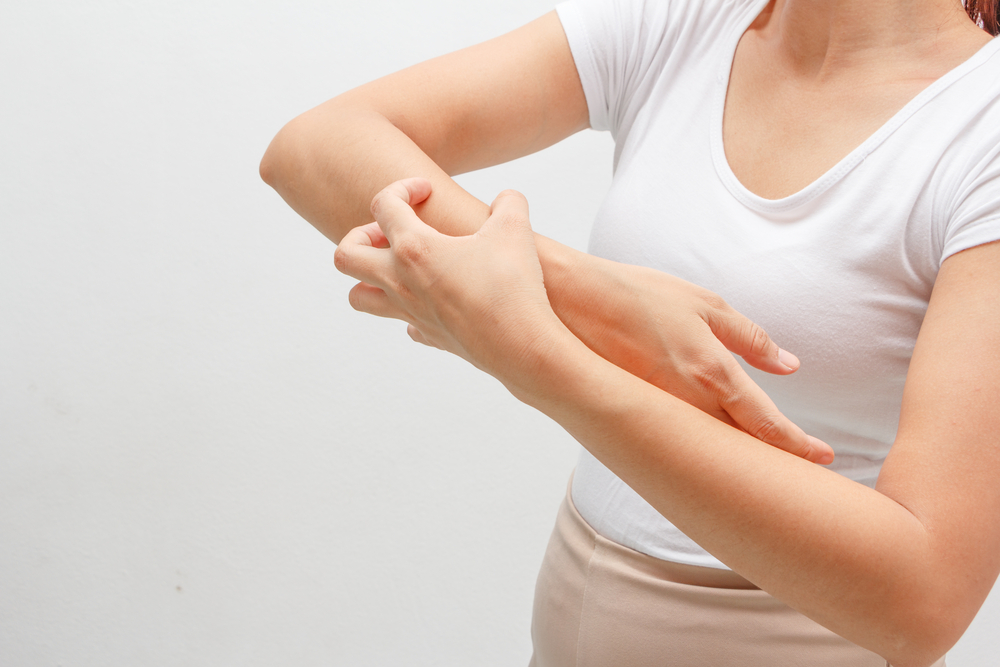Atopic dermatitis is a skin condition that brings about redness and itchiness in your skin. It’s common in children, however it can happen at any age. Atopic dermatitis is long-term and tends to flare up occasionally. It might be joined by asthma or a runny nose.
No real cure has been found for atopic dermatitis. Medicines and preventive measures can calm itching and avert new flare-ups. For instance, people with atopic dermatitis should keep away from harsh cleansers, moisturize the skin routinely, and apply treatments creams or ointments.


